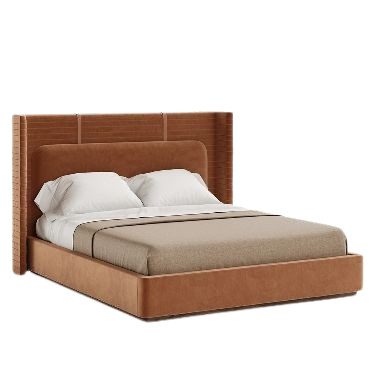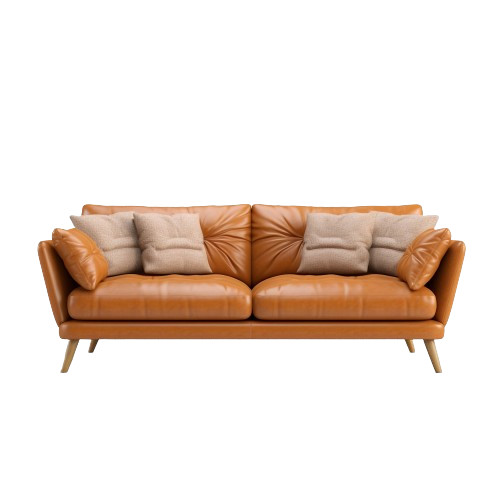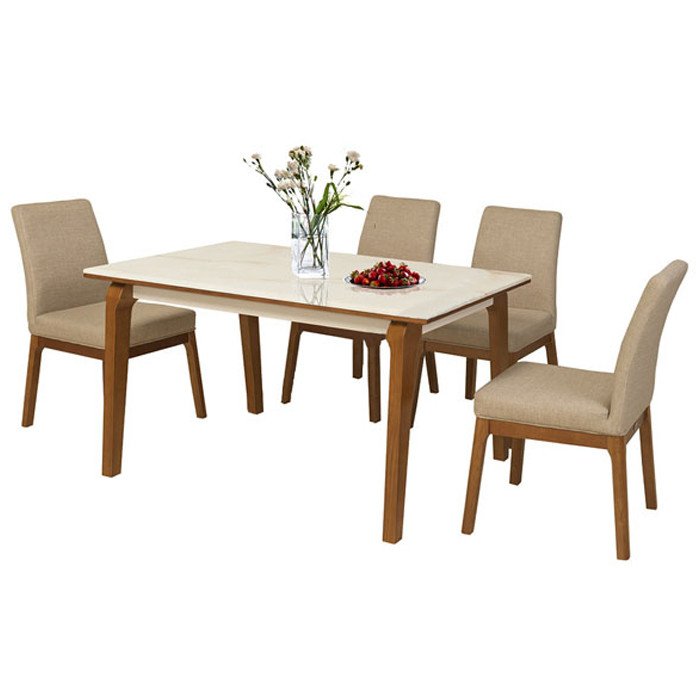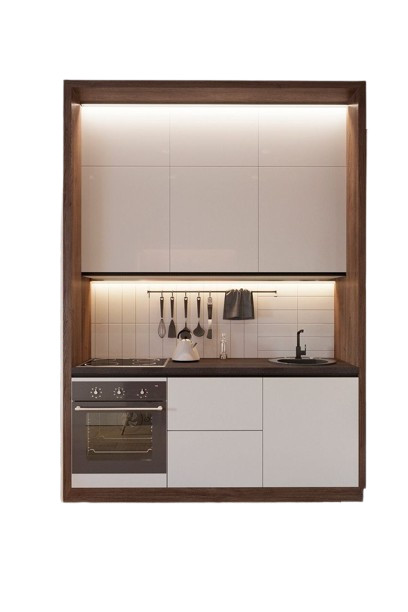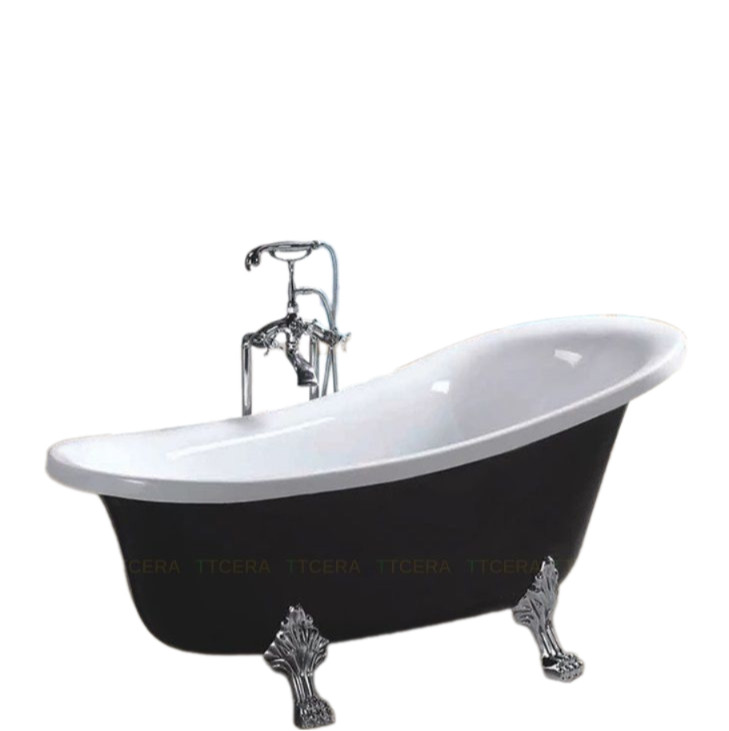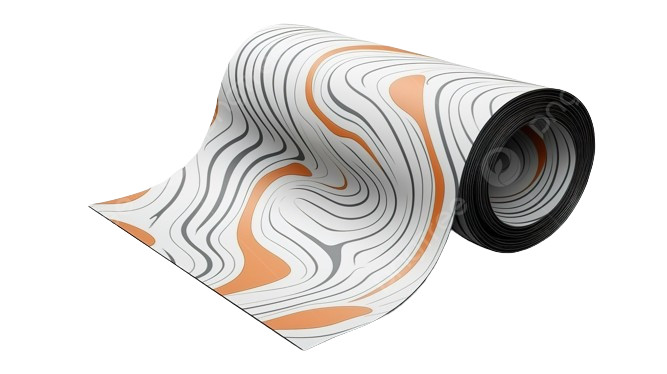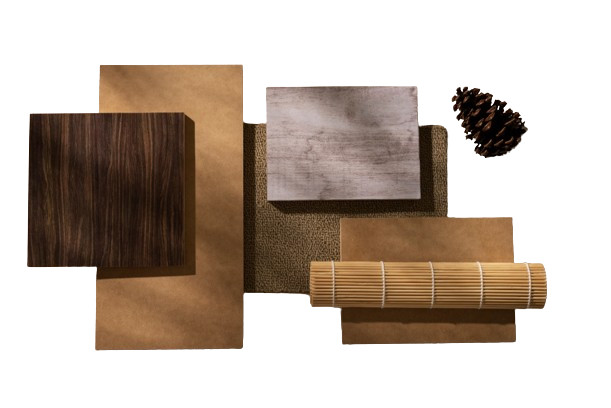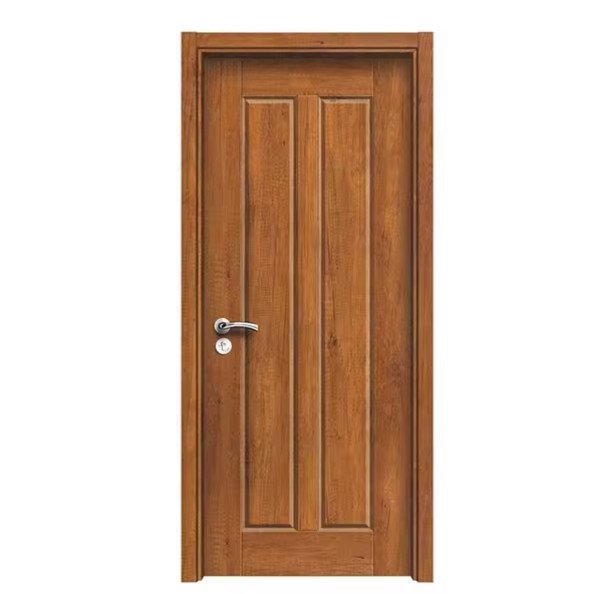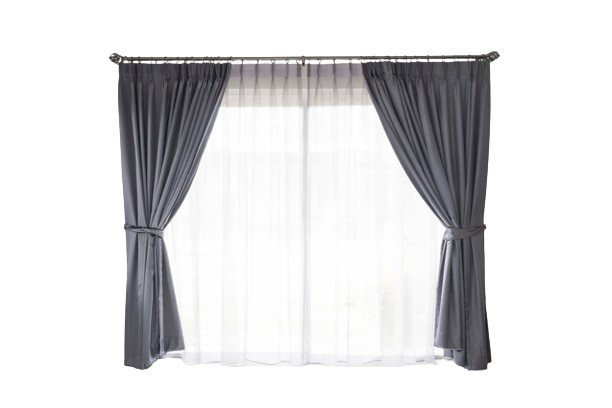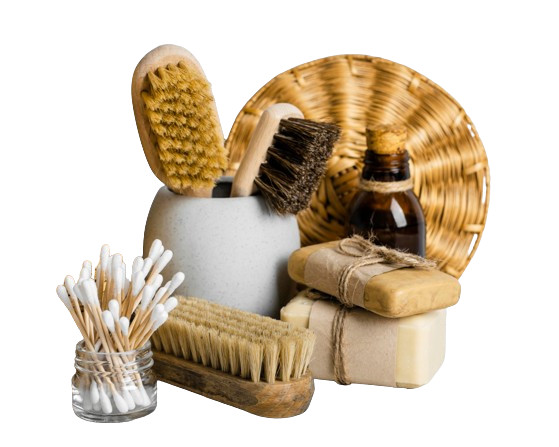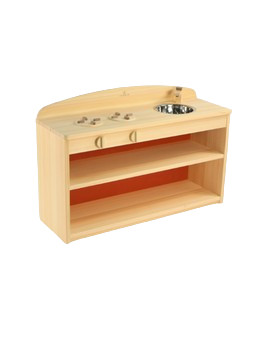STRUCTURE – ENGINEERED WOOD FLOORING SECTIONS
Engineered wood flooring, also known as EWF, is an increasingly popular material to replace natural wood flooring and laminate flooring. In the face of the scarcity of natural wood floors - due to the low supply of wood and high prices, before the low life expectancy of laminate flooring, consumers are increasingly wise to choose for themselves the option of combining the advantages of 2 types of wood flooring above are Engineer wood floors. So what is Engineer wood flooring? What are the specifications? Let's learn the characteristics of Engineer wood floors with Adorn Museum!
I. What is Engineered Wood Flooring (EWF)?

Engineered wood flooring, also known as technical flooring, is a form of wood flooring composed of layers of wood linked together, including a surface layer of natural wood with a thickness of 2mm - 5mm, and a Plywood core layer or horizontal layer of natural wood below the surface layer. As a result, once assembled, the surface of Engineered wood flooring is 100% comparable to real wood floors.
II. Construction of all types of Engineered wood floors
1. Structure of 3-layer engineered wood flooring:
Engineered wood flooring has been present for many years throughout the last century. 3-layer engineered wood flooring was originally utilized in Europe around the year 1980, and it has since become a revolution in the wood industry as the number of users grows. Wood is constantly enhanced to provide higher-quality items. 3-layer engineered wood flooring is made up of three distinct layers.

- Surface layer: natural wood layer with thicknesses ranging from 3mm to 6mm, full of natural wood features ranging from wood grain to hardness to waterproof properties. It is simple to clean and renew if necessary.
- The middle layer is made up of little wooden slats that are meticulously put together to provide stability to the construction. When properly treated, it will outperform solid wood floors in terms of termite resistance and noise resistance.
- The last layer: commonly constructed of rubber wood or salvaged wood, is a long strip of wood with a thickness of 3mm - 5mm that creates a robust framework, preventing wood expansion and limiting moisture from harming the upper layers.
 The layers are connected with special glues. Modern wood processing technology can produce wooden floors with a size that is far superior to that of traditional wooden floors.
The layers are connected with special glues. Modern wood processing technology can produce wooden floors with a size that is far superior to that of traditional wooden floors.
2. Structure of 2-layer engineered wood flooring:

- In general, there isn't much of a difference between 2-layer and 3-layer engineered wood flooring. The surface layer of 2-layer engineered wood flooring is constructed in the same manner as that of 3-layer engineered wood flooring. However, the next two layers are replaced with 9 layers of plywood (imported from Russia) under high pressure and contemporary processing technology, decreasing the condition of fractures and warping. When utilized properly, the service life can be as long as 30 years.
- In terms of exceptional benefits, 2-layer, and 3-layer technical flooring, in reality, have characteristics that reduce the shortcomings of natural wood floors. Customers should seek out a supplier for the most accurate information while looking for the proper flooring for their household. Furthermore, the quality of wooden floors is highly dependent on the manufacturing unit and the quality of wood components.
3. Solid wood flooring (solid natural wood flooring):


- The term "solid wood floor" refers to a natural wood floor composed of solid wood. Each piece is around 15-20mm thick, making it easy to polish and refresh as needed. There are mortise grooves on the wooden planks that allow them to be assembled.
- Because it is natural wood, solid wood flooring has all of the qualities of natural wood: it expands easily, has fissures, and has irregular wood color... However, the raw wood has been dried during the manufacturing process. Strict impregnation reduces the causes of decreased wood life.
- The most significant downside of solid wood flooring is its exorbitant cost; imported flooring is much more expensive.
ADORN MUSEUM
Location: O-1, TM.01, 1st Floor, Orchid 1 Tower, Hado Centrosa Garden No.200 3/2 Street, Ward 12, District 10, Ho Chi Minh City, Viet Nam.
Hotline: (+84) 28 3930 3428
E-mail: support@adornmuseum.com
Operation time:
8:30 - 17:30, Monday - Friday & 8:30 - 12:00, Saturday

